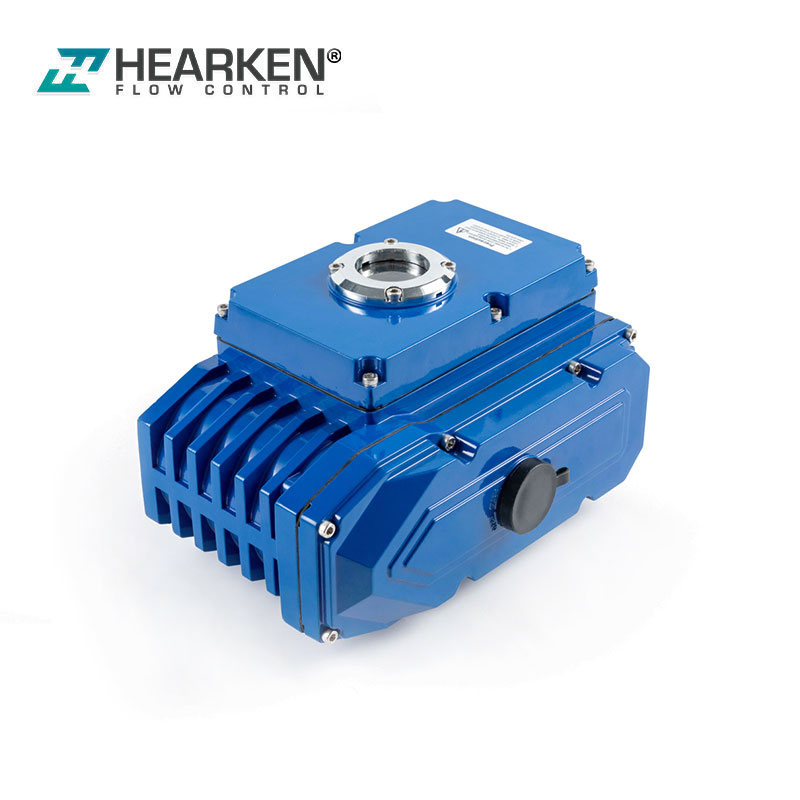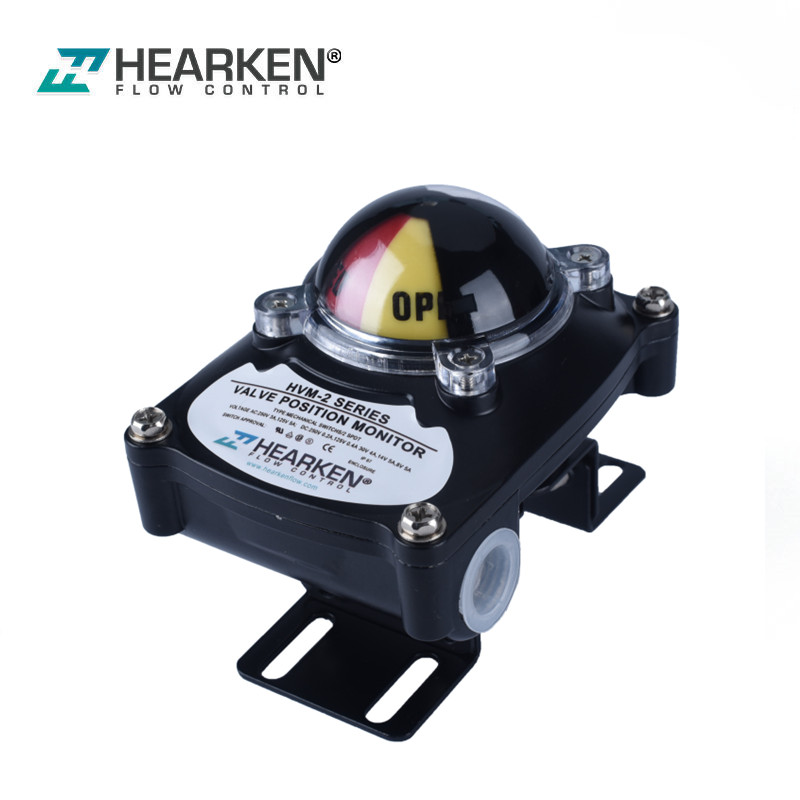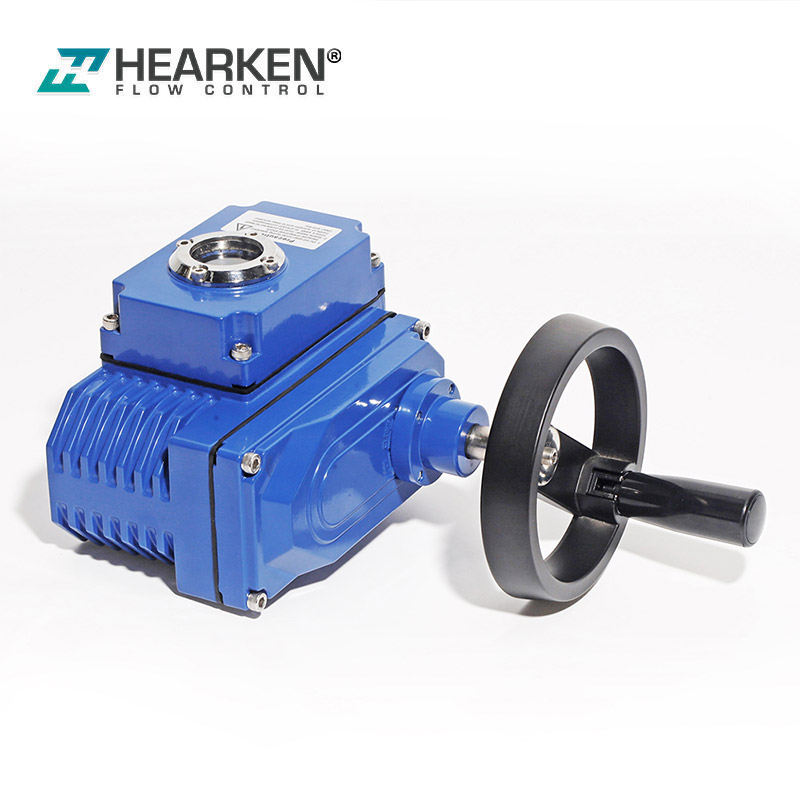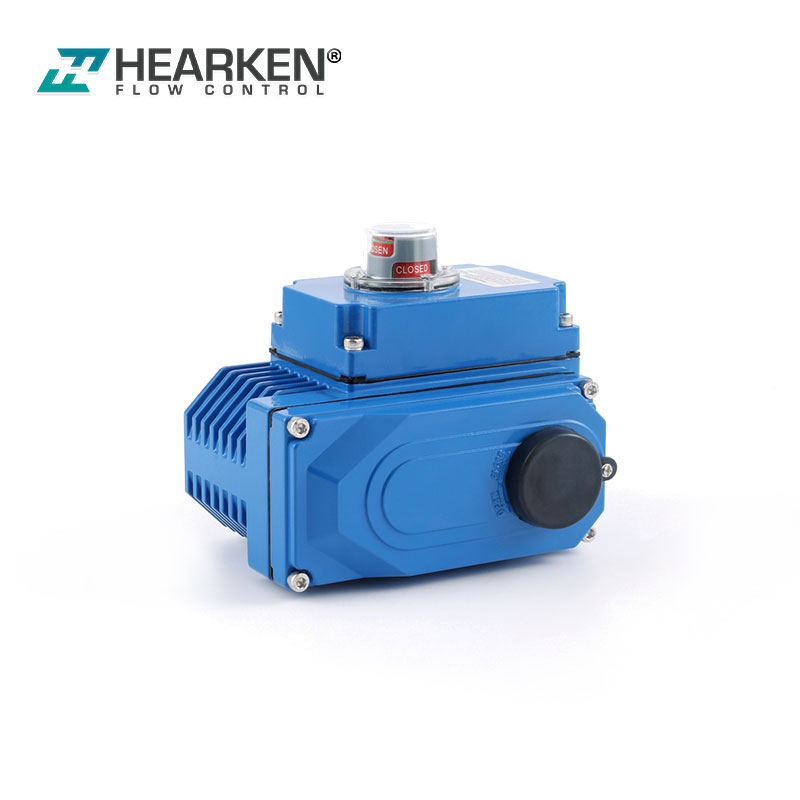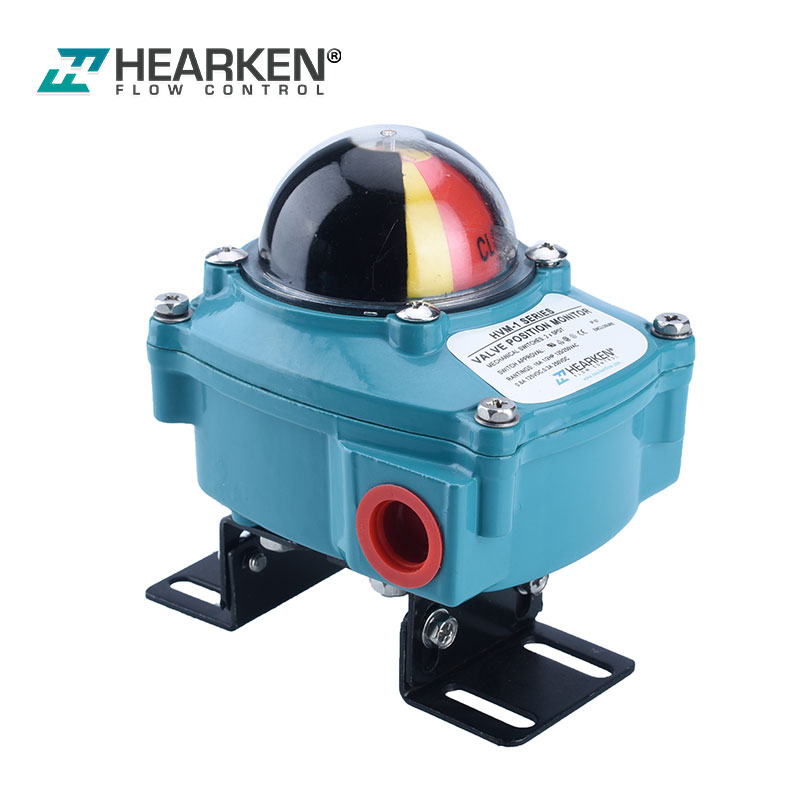How to troubleshoot pneumatic actuators?
As industrial processes have become increasingly reliant on automlated systems and pneumatic actuators, it is essential for engineers, technicians, and plant managers to Lunderstand the basics of troubleshocoting pneumatic actuators in order to maintain production and ensure equipment safety.
Pneumatic actuators are used across many industries, from automotive to food and beverage, and are a popular choice due to their reliability and cost-effectiveness. However, certain issues can arise that require troubleshooting.
In this blog post, we will discuss the most common causes of faults in pneumatic actu ators and provide step-by-step instructions on how to troubleshoot the issues.
We will cover topics such as identifying the root cause of the problem,how to check for air leaks, and howto test the pressure and flow of air. Finally, we will discuss some common preventative mainterance tips to keep your pneumatic actuators running reliably.
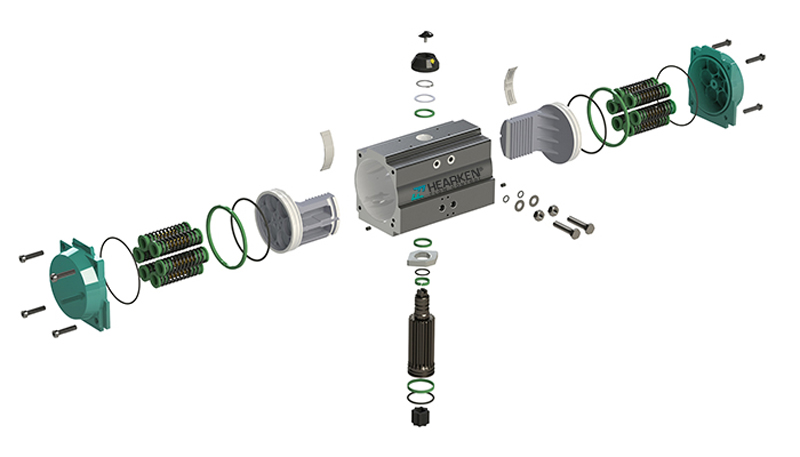
Diagnosis of lssues and Resolution.
lssue: The pneumatic valve is immovable.
Diagnosis:
- The electromagnetic valve appears to be in normal condition, however, the coil has been burnt. Additionally, there appears to be evidence of the valve is stuck.
- A separate pneumatic actuator must be tested to check the seals, as well as to inspect the cylinder for any damages.
- Impurities have caused the spool valves to become stuck.
- Manual motor positioning can be managed by the use of a handle.
Solution:
- Replacing solenoid valve, inserting new coils, and remediating stolen property.
- Repairing ring and cylinder.
- Purifying and replacing deficient components.
- Converting the handle to the pneumatic position.
lssue: Pneumatic valve action is regulated with a slower rate of movement.
Diagnosis:
- Insufficient supply pressure.
- Inadequate pneumatic actuator output torque.
- Excessive tightness of the valve spool or valve assembly.
- Obstruction of the air supply pipe, resulting in a reduced flow.
Solution:
- Raise the gas supply pressure to a range of 0.4-0.7Mpa.
- Increase the output of the pneumatic actuator.
- Perform reassembly adjustments.
- Unplug and replace the filter cartridge.
Issue: Respond to devices without a connection.
Diagnosis:
- Malfunction of the power line due toeither a short circuit or an open circuit.
- Inaccurate response from the relevant personnel.
- Defective micro switch.
Solution:
- Ensuring proper operation of power conduits.
- Setting the cam in the correct position.
- Replacing the micro switch.
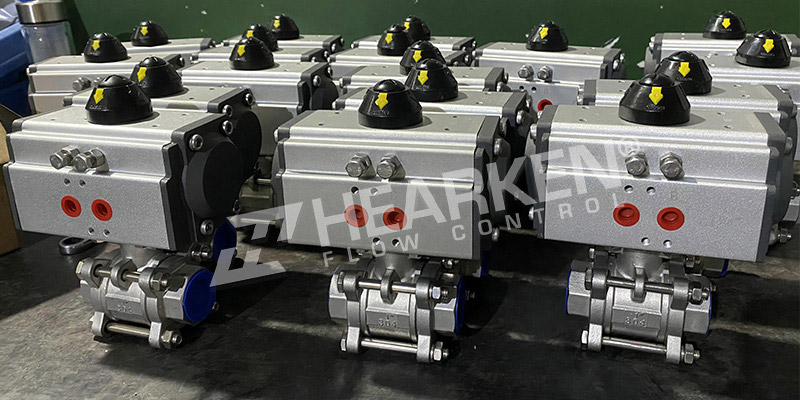
5 Troubleshooting Steps that always work
1.Check the pressure of the system
Step one in troubleshooting pneumatic actuators is to check the presslre of the system. It is important to elnsure that the pressure is within the recommended range for the system. If the pressure istoo low, the actuator may not open or close properly.
If the pressure is too high, the actuator may be damaged. You can check the pressure with a pressure gauge or pressure switch. If the pressure is not within the recommended range, you should adjust the pressure regulator to bring the pressure back to the correct level.
2.Ensure the actuator is receiving power
The second step in troubleshooting pneumatic actuators is to ensure theactuator is receiving power. To check, make sure the power source is connected to the actuator and is on. If the power source is conneected and turned on, the actuator should still be receiving power.
If the actuator does not appear to be receiving power, check the wiring for any loose connections or damaged wires. Repair or replace any loose connections or damaged wires, then double-check that the power source is on and connected.
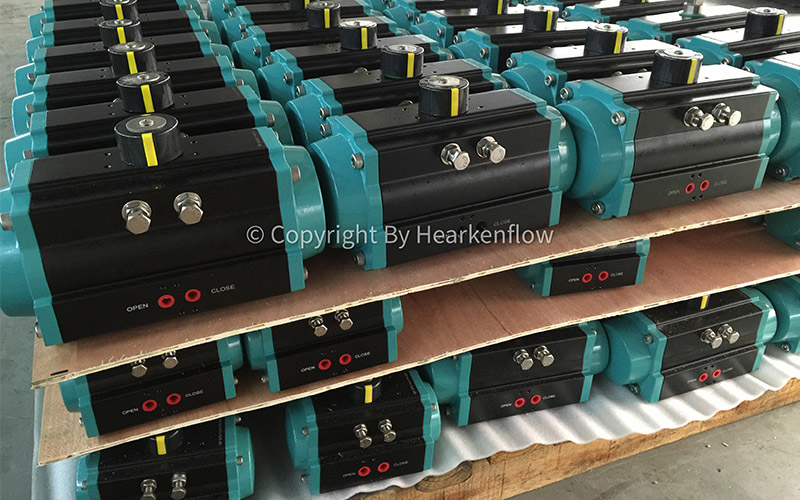
3.Test for air leakage
The third step in troubleshooting pneumatic actuators is to test for airleakage. This is important because an air leak can lead to an actuator working improperly. To test for air leeakage, you will need to disconnectthe air supply from the actuator and plug the air supply connection.
Then apply pressure to the air supply line. If you hear any air leaking from the actuator, it is likely due to an air leak. If you have identified an air leak,you should use an appropriate sealant to fix the problem.
4.Inspect for loose parts or damage
When troubleshooting pneumatic actuators, it is important to inspect for loose parts or damage. Loose parts can be caused by improper installation or wear and tear. Similarly, damage can alsobe caused by improper installation or external impacts.
Before attempting any repairs, it is important to check that all parts are ssecurely in place and look for signs of damage. If you find any loose parts or damage,they must be fixed or replaced before any further troubleshooting.
5.Examine the system for proper lubrication
It's important to regularly examine the system for proper lubrication when troubleshooting pneumatic actuators. Lubrication is essential for keeping the actuator working effectively and efficiently. Check to make sure there is enough lubricant for the actuator to perform its job.
If there is not enough lubricant, addmore to ensure the actuator is running smoothly. Additionally, check for any signs of leakage from the lubricant lines. If there are signs ofleakage, replace the line and adc new lubricant to the system.Proper lubrication is key for the optimal performance of the actuator.
Final Verdict
In conclusion, troubleshooting pneumatic actuators is a complex plocess that requires a thorough understanding of the system and its components. If a problem is suspected, it is important to methodically assess the components and their roles in the system to determine what is causing the issue. With the right tools, experience, and knowledge, it is possible to accurately identifyand resolve the issue with minimal disruption to the system.

